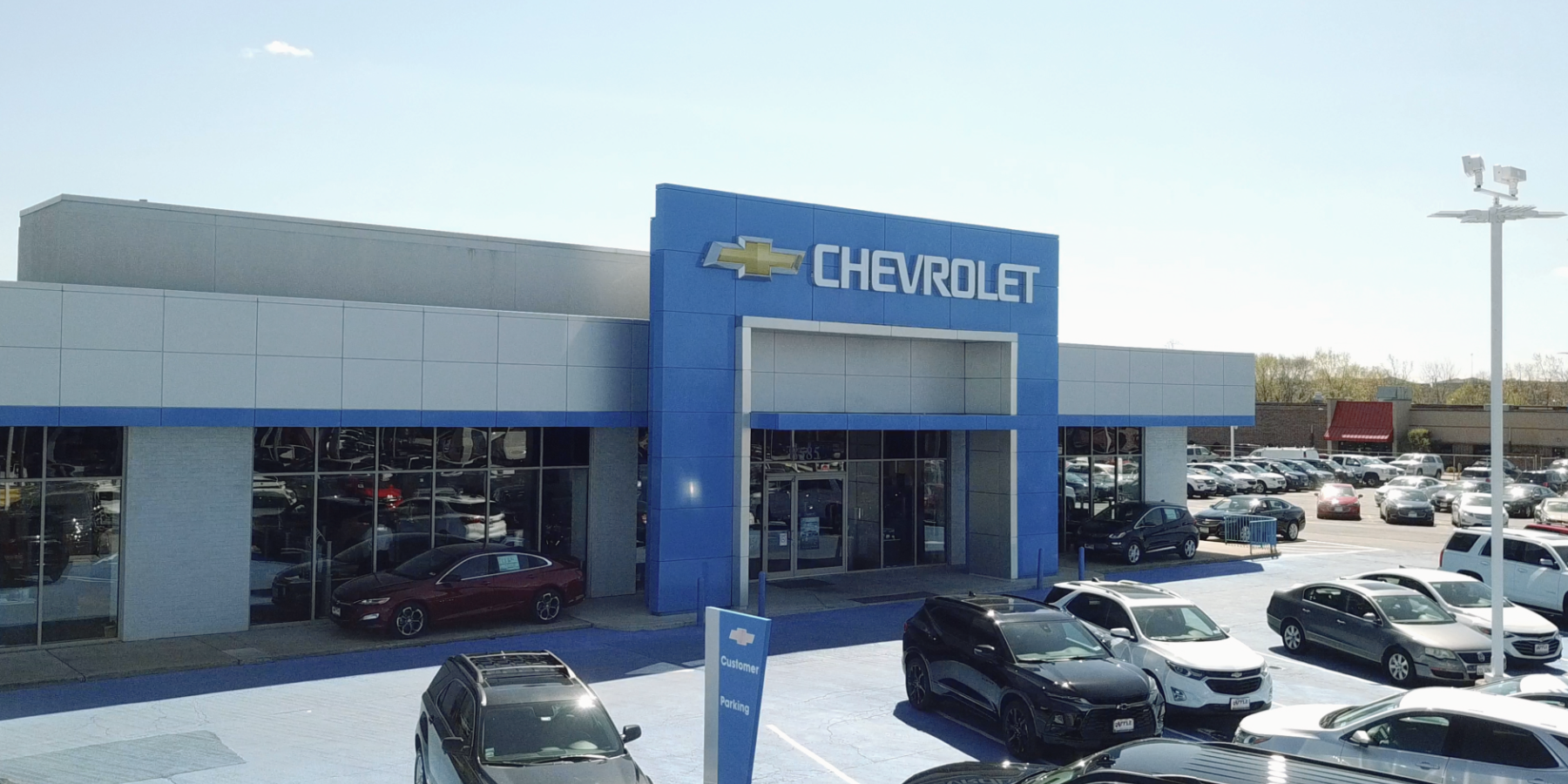Vice Chairman Tom Stephens on the Current State of GM’s Hydrogen Fuel Cell Program

Tom Stephens
Hydrogen powered vehicles is a topic that tends to bring out debate. Before the recent explosion of interest in battery electric cars, talk of a hydrogen superhighway and fuel cells cars being the next big step were all the rage.
Interest appears to be waning.
Tom Stephens is vice-chairman of GM and is responsible for product development. I had the chance to ask him his thoughts on hydrogen and what GM is doing with respect to development and production of hydrogen fuel cell vehicles
Is the Volt the endgame or is it the fuel cell vehicle?
No. Each of them will continue going forward. My thesis is if you look at what’s going on for energy demand especially in the developing countries, the energy demand is going to continue to grow exponentially and we’re going to have to learn how to utilize energy from all sources if we’re going to have sustainable mobility. We haven’t done that in the last one hundred years. We’ve stayed on petroleum and that’s not a smart thing. It just doesn’t make any sense.
So going forward we are going to break it up
So are you still planning to produce fuel cell vehicles?
Right now what we have is a fuel cell demonstration fleet, Project Driveway, and we’re in one county and we’re going to four more countries and we’re trying to get a lot of customer feedback. We’re doing a lot of work on fuel cells right now to try and continue to move those forward.
At some point in the future we’ll have to decide whether we want to actually go into a production program.
So you haven’t made that decision yet?
No, not at this point. We could do it, but there are a lot of factors. One is our part which is the fuel cell stack and the fuel cell vehicle and how much it will cost. The other part happens to be the infrastructure in order to support the fuel cell and we’ll have to develop both of those.
Right now Germany and Japan are putting in an infrastructure for fuel cells and what we really need is for big US metropolitan cities to decide they want to put in the infrastructure and then it would make sense to go forward.

